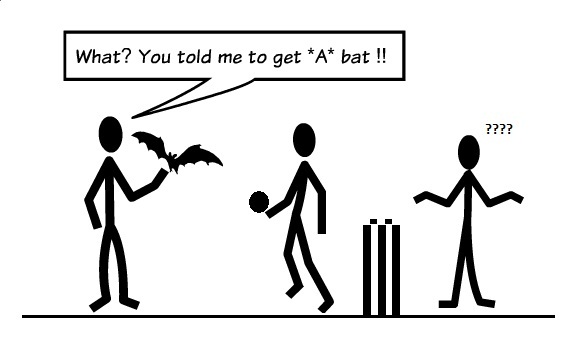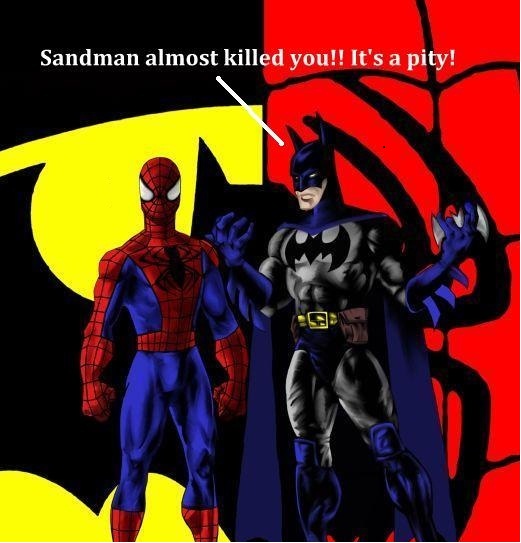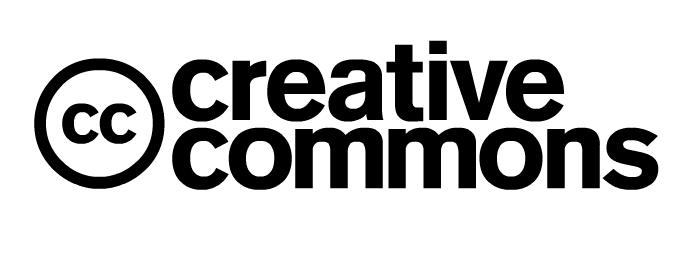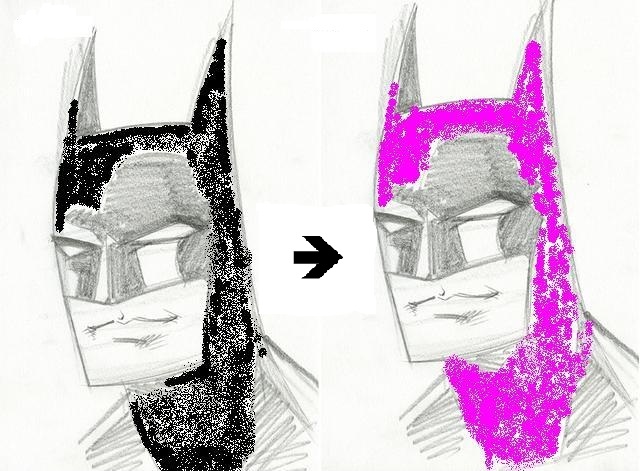Wordplay Content is a full-service content writing agency. We provide top-notch content writing services for a plethora of customers in India and globally. Reach out if you want to hire us for your inbound marketing campaign!
Article usage errors are commonly noted issues that can crop up, regardless of a writer’s experience. An oft overlooked error, this can be set right by learning the bare basics: where, how and when to use articles.
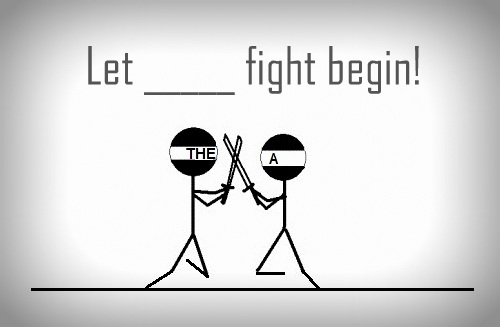
End the Article Usage war today!
What are Articles?
To start off with, there are two types of articles in English – Definite and Indefinite Articles.
‘The’ is the only Definite Article and the Indefinite Articles are ‘a’ and ‘an’.
The article ‘an’ can be used when you wish to talk about an indefinite noun that begins with a vowel sound.
Articles precede the noun in question, and are placed either immediately before the noun or before the adjective or adjective phrase/clause used for the noun. In effect, articles denote whether the noun that’s mentioned is Definite or Indefinite.
Sounds tough? Here are a few examples that can help you understand this well: Read more →

